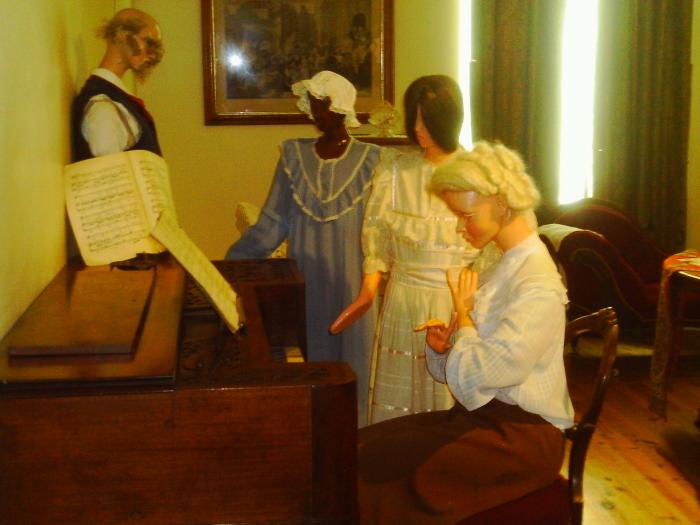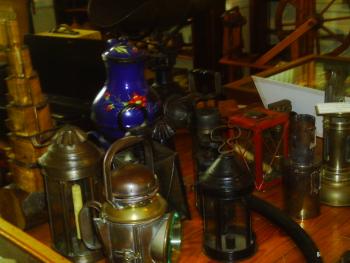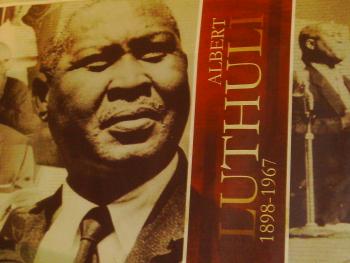Posted on November 21, 2010

The first Museum to be established in George was in 1967 moved from a room in a shop on the corner of Courtenay and Mitchell Streets (the original 'Mini Museum'Â based on a concept by the founding father of the George Museum and the George Herald'“ Charles Sayers) to the Old Town House in Market Street in 1968. It establishment is very much rooted in Western tradition of what a museum should collect and reflected the Victorian historical sensibility of the town. The Museum itself traces the history of the town to its origins as a DEIC (Dutch East Indian Company) outpost established in the Southern Cape in 1777.
The town soon became the hub of a flourishing timber industry, drawing upon the vast forests of the Outeniqua Trail to sustain this expanding timber business and the reach of the colonial government. The proclamation by the then Governor of the Cape, the Earl of Caledon, of the new magisterial district of George after the reigning monarch of England, King George III in 1811 laid the basis for the town as we know it today. The history of the town within the museum is very much contextualised within these colonial parameters. What is interesting as you walk into the museum (from Courtenay Street) is the wagon that is situated at the entrance which to me invoke images of a provincial and rural life.
Indeed, the charm of a rustic (Victorian) rural life is a recurring motif in the exhibition within the museum. The central exhibition of museum is the 'Indigenous Woods and Associated Industries of the Southern Cape'Â. Yet there is a tension though between the early colonial influence of the Dutch and the very powerful association that town has with old Mother England in terms of the colonial life of the town as the other exhibits in the museum focus quite deliberately on the local history of the region. This tension is of course demonstrated by the prominence given to the visit by the British Royal Family to George in the early 1950s. The focus on the timber industry in the region focusing on planting of fynbos forest trees, traditional woodworking tools, domestic, agricultural and industrial objects are displayedn in a outside section of the museum called the Wood Museum '“ further reveals this tension as 'Afrikaner' and 'British' artefacts compete for representation.

There is no deliberate attempt to speak to the inclusion of these items, nor an attempt to place them in their historical colonial context. It is as if some recent politician walked into the museum and complained about the absence of these items. There is however an attempt to include the pre-colonial history of the Khoe-Khoe in the region but these attempts fall flat as they are reminiscent of the offensive San-Diorama at the Iziko Museum. It is of course easy to dismiss these attempts in the same vein but on closer inspection, one is required to apply their mind burgeoning curatorial vision of the museum.

I think the challenge going forward for the Museum is how to create meaningful dialogue between the colonial history that the precipitated the founding of the museum - which in itself in not inherently 'evil or bad' - and recent South African history. We are often so quick to rush to paint our colonial history in those damning strokes that we often lose sight of its undisputed influential role that it still plays in our emerging democracy as we seek to transform a heritage and museum landscape that ostracised the histories of so many people and communities. Furthermore it seems that the museum needs to more to populate its exhibitions with people '“ the surreal and unnerving mannequins notwithstanding). The display of artefacts and object without the human context is a glaring gap in the exhibition. Who used these artefacts and object and how were they used? These questions and many others will in no doubt begin the kind of critical dialogue that is necessary for the museum to be relevant to the community it serves
Uthando Baduza is a Archival Platform Correspondent and FET Project Co-ordinator at Nelson Mandela Metropolitan University.